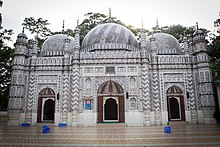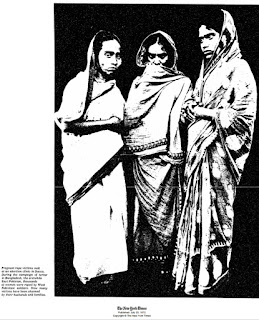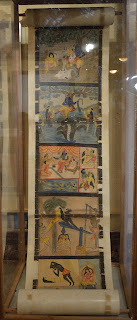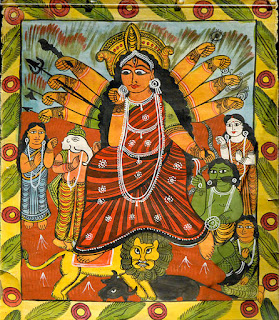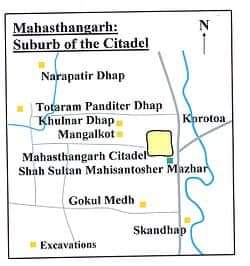Situated in the biggest village of the world, Baniachong(alt. Baniyachong, Hobiganj district, Sylhet division), the Bibir Muqam Masjid or Bibir Dargah is an ancient structure which is actually a Hindu temple that was converted some time in the 18th century CE or earlier. History Baniachong constituted the grand estate (zamindari) of Anwar Khan, who was looked upon as a raja by the local people. Estate of Baniachong was so vast it crisscrossed all districts of Sylhet region as well as the greater Mymensingh, Dhaka and Comilla. In accordance with the Pargana system introduced by Murshid Quli Khan in 1722, Anwar Khan claimed tenure of 28 Parganas of Muazzamabad, but his claim was rejected after an investigation by the revenue office, as these Parganas belong to the posterity of Shah Muazzam Uddin Qureshi, who assumed the name of Muazzam Khan when he ascended the throne of Muazzamabad. Hence, these 28 Parganas: Banshikunda (Vamshikunda), Ranadigha, Shelvarsh, Sukhaid, Bétaal, P...
